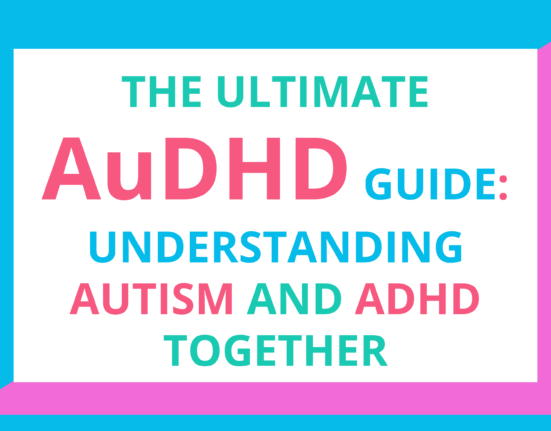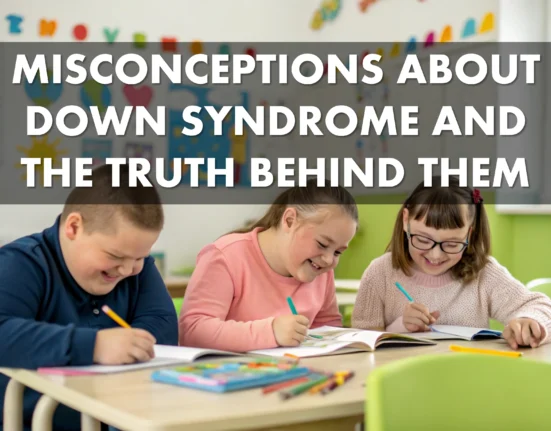Teaching students with ADHD in 2024 involves a deep understanding of their unique learning needs and applying strategies that promote focus, engagement, and academic success. This guide offers 10 research-backed strategies tailored to help educators effectively support students with ADHD in the classroom, providing them with the tools they need to thrive.
1. Incorporate Movement Breaks
Movement is crucial for students with ADHD as it helps them release excess energy and refocus. In 2024, educators are increasingly using “brain breaks” and short physical activities between lessons. These breaks can include stretching, jumping jacks, or a quick walk around the classroom. Research has shown that incorporating movement throughout the day can significantly improve attention and reduce disruptive behaviors.
Implementation Tip: Schedule short movement breaks every 20-30 minutes during lessons, allowing students to engage in physical activity before resuming work.
2. Utilize Multi-Sensory Instruction
Multi-sensory instruction engages multiple senses, helping students with ADHD better absorb and retain information. Techniques like hands-on activities, visual aids, and auditory tools make learning more interactive and less monotonous. For example, using manipulatives in math or incorporating music into language lessons can cater to diverse learning styles.
Implementation Tip: Design lessons that include visual, auditory, and kinesthetic elements to ensure that students with ADHD can connect with the material in different ways.
3. Break Down Instructions
Students with ADHD often struggle with processing lengthy or complex instructions. Breaking tasks into smaller, more manageable steps makes it easier for them to understand and follow through. Providing step-by-step guidance helps in reducing overwhelm and increasing task completion rates.
Implementation Tip: Use clear, concise language when giving instructions and provide written or visual cues that students can refer back to as they complete each step.
4. Flexible Seating Options
Flexible seating allows students with ADHD to choose how they learn best, whether that’s sitting, standing, or using a wobble chair. The ability to move or change positions can help them stay engaged and focused. Classrooms with flexible seating options have shown to create more dynamic and inclusive learning environments.
Implementation Tip: Introduce a variety of seating options like standing desks, yoga balls, or bean bags, and let students choose the arrangement that helps them concentrate.
5. Implement Positive Reinforcement
Positive reinforcement is a powerful tool in managing behaviors and encouraging academic progress. Reward systems, such as token economies or praise, can motivate students with ADHD to stay on task and meet their goals. Consistency in reinforcement is key to reinforcing desired behaviors.
Implementation Tip: Set up a reward system where students earn tokens or points for completing tasks, participating in class, or displaying positive behavior. Rewards can range from extra recess time to choosing a classroom activity.
6. Leverage Technology Tools
With advancements in educational technology, there are numerous tools designed specifically to help students with ADHD. Apps that assist with organization, time management, and focus can be invaluable. For example, tools like timers, task managers, and interactive learning apps can support students in staying on track.
Implementation Tip: Integrate technology like digital planners, reminder apps, and educational games into your lesson plans to help students manage their time and stay engaged.
7. Establish Consistent Routines
Consistency is crucial for students with ADHD, who often thrive in structured environments. A predictable routine reduces anxiety and helps students know what to expect, which in turn can improve behavior and focus. Clearly defined routines also make transitions between activities smoother.
Implementation Tip: Create a daily schedule that includes specific times for different activities, and post it in a visible location in the classroom. Review the schedule with students each morning.
8. Foster Collaborative Learning
Collaborative learning encourages students with ADHD to engage with peers, building social skills and academic knowledge simultaneously. Group activities and peer mentoring provide opportunities for students to learn from each other and stay motivated.
Implementation Tip: Use group projects and peer-to-peer learning sessions where students can work together, sharing ideas and helping each other stay focused on the task.
9. Set Clear and Manageable Expectations
Students with ADHD benefit from knowing exactly what is expected of them. Clear, achievable expectations help them understand classroom rules and academic goals, reducing confusion and anxiety. Setting realistic expectations also allows students to experience success more frequently.
Implementation Tip: Clearly outline classroom rules and academic goals at the beginning of the school year, and revisit them regularly. Use positive language to describe expected behaviors.
10. Incorporate Mindfulness and Relaxation Techniques
Mindfulness and relaxation techniques are increasingly recognized for their ability to help students with ADHD manage stress and improve concentration. Practices such as deep breathing, meditation, and guided imagery can help students calm their minds and prepare for learning.
Implementation Tip: Begin each day or lesson with a short mindfulness exercise, such as deep breathing or a quick guided meditation. Encourage students to use these techniques whenever they feel overwhelmed or distracted.
Conclusion
Implementing these 10 proven strategies can significantly enhance the learning experience for students with ADHD. By creating a supportive and structured environment, educators can help these students unlock their full potential in 2024 and beyond. Tailoring your approach to meet the needs of each student not only improves their academic outcomes but also their overall well-being.
Here are some references you can use to further explore strategies for teaching students with ADHD:
- CHADD (Children and Adults with Attention-Deficit/Hyperactivity Disorder)
- Website: www.chadd.org
- CHADD offers resources, tools, and research-based strategies for educators and parents working with children with ADHD.
- The Understood Team
- Website: www.understood.org
- Understood provides practical advice and tools for teaching students with ADHD, focusing on effective classroom strategies.
- ADHD & You
- Website: www.adhdandyou.com
- This resource offers insights into ADHD and how to support students in educational settings.







1 Comment